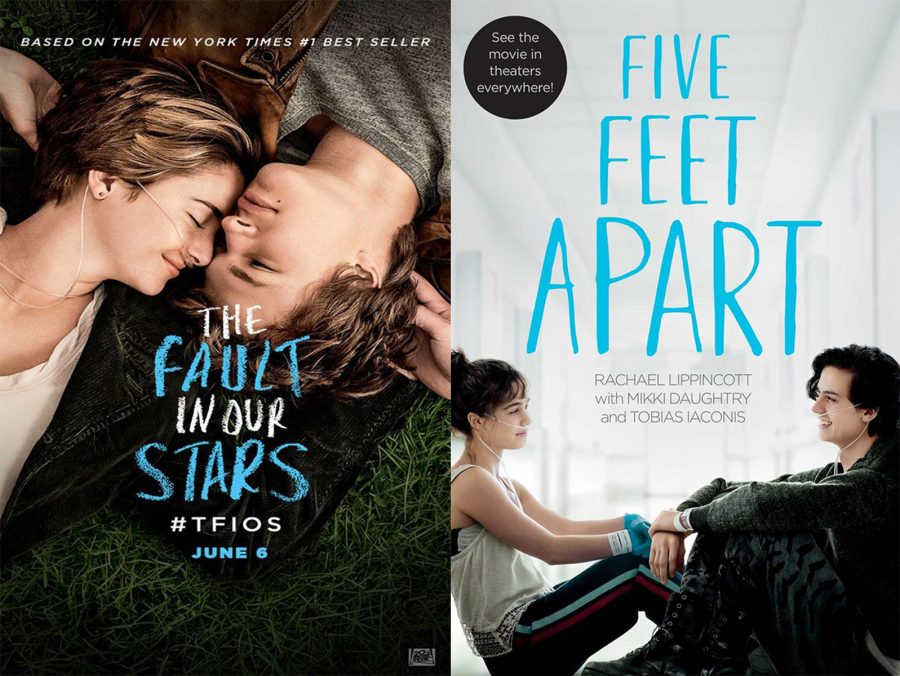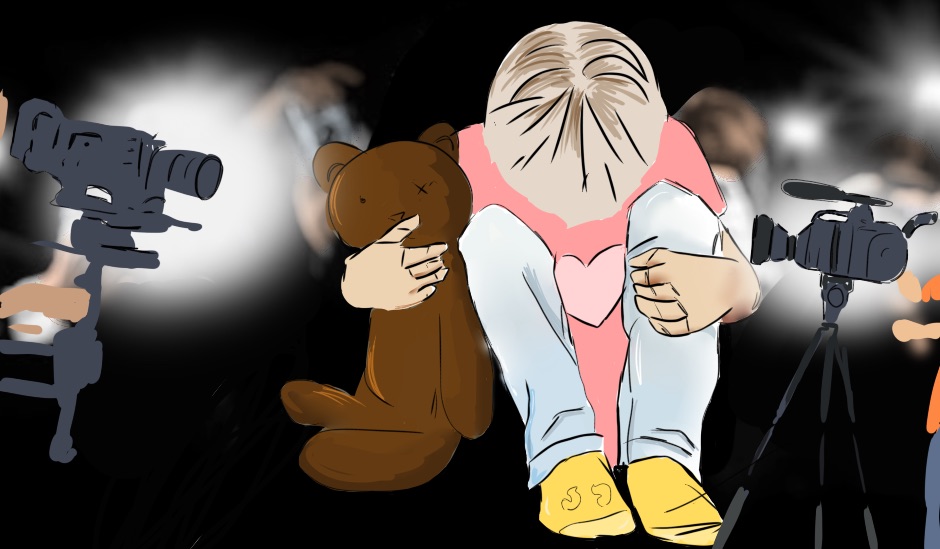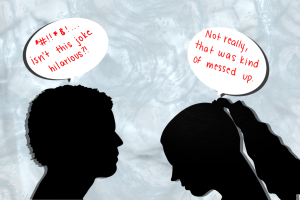Hollywood continues to make movies about terminal illness
April 10, 2019
Teenage patients spend most of their time either in a hospital, getting treatments or in their homes, resting. Patients are constantly under watch. With chemotherapy, there is damage to hair follicles and many cell systems. Radiation therapy, on the other hand, can cause fatigue, fevers, nausea and vomiting. With targeted therapy, patients may experience photosensitivity, changes in hair growth, issues with blood clotting and heart damage. However, the actors’ appearances in these movies do not accurately portray such features, as their characters are depicted to be healthier than they actually are and able to go on outrageous adventures.
In “Five Feet Apart,” Stella and Will, Cystic Fibrosis patients, risk their lives by trying to get closer to each other because of cross-infection, vulnerability to different bacterias that grow in patients lungs. In “The Fault in Our Stars,” both characters suffer from different types of cancer and try to rely on each other, but end up losing each other due to the fatality of their illnesses. In “Me, Earl and the Dying Girl,” Greg puts caring for Rachel and her cancer before his education and gets angry when she stops treatment. These fictional characters do not seem to take their illnesses seriously and constantly risk their lives in ways that do not seem typical of an actual patient.
Real patients and their families feel that they are being misrepresented in the media by making people believe their illnesses aren’t as serious as they are. These tragedies on the big screen are some people’s everyday lives, not just a movie theater experience.
“Honestly, I think it’s kind of sad because terminal illnesses are a very serious thing. Trying to romanticize it, trying to make it light-hearted to show people that it is a good thing,” senior Ingrid Mortensen said. “But it’s not a good thing and people die in the end. They are trying to mess with our feelings.”
Movies that portray illness attempt to represent the terminally ill. To most viewers, that does not matter, though. The target audience for these films is mostly teenagers who are more attracted to the romantic aspects and the heartbreaking emotions that come along with such film.
“Most teens have never experienced a harsh illness. They do not know what problems can occur,” sophomore Navya Nair said. “Personally it depends on the movie because some movies bring information on an illness I never heard of like in “Five Feet Apart,” but it can be bad because it makes illness seem like an okay thing and does not show the true horror of the illnesses.”
On the other hand, people believe that any representation is a good representation. Whether it is romanticizing the illnesses or not, bringing awareness to the cause is all that matters.
“I think that when movies bring to light different illnesses it helps everyone become aware of these diseases that everyday people have to go through,” sophomore Samantha Husar said.
Many of these terminal romance movies are based on popular books with preexisting fan bases who are likely to support these films. However, there is almost always controversy. There were boycotts for “Five Feet Apart” and “Me Before You,” which even had a twitter hashtag, #MeBeforeEuthanasia.
Whether these romantic movies surrounding characters with illnesses are portraying them to be less serious than they actually are or they’re portraying them incorrectly, illness is a serious and touchy topic that should be represented more appropriately.
























J • Oct 18, 2022 at 9:08 pm
Actual cystic fibrosis patient here. I felt completely misrepresented by five feet apart. The stupid thing about this whole thing is that an literal cystic fibrosis patient helped produce this movie and she couldn’t even get it right. I can’t believe that an real cystic fibrosis patient helped direct and produce this movie and couldn’t get it right even then. I was frankly insulted. I have Cepacia and the misrepresentation of Cepacia is that once you have this bacteria you’re done for and everyone gives up on you. The girls love interest’s doctors and own mother has given up on him. Somehow though, after rescuing her from the water, and giving her a kiss (Which is cross contamination) She miraciously gets her transplant and has no issues with such a harsh surgery. When this film came out, I was post transplant and was horrified that magically 6 months later this dire situation turned into ANOTHER fairy tale. And did i mention that the cystic fibrosis patients all ignored the rules and hung out in the kitchen with oxygen tanks AND CANDLES THAT WERE LIT?? Cause they did that too.
I have to admit i was excited that the CF community was finally getting some representation but this was not what i was expecting. I am dissapointed and insulted by the portrayal of cystic fibrosis and especially cepacia patients in this film and am forever disgusted that the person who helped make this train wreck of a film is forever praised when she doesn’t know how to represent the community. She’s passed away now so that closes that chapter but if you’re asking me for my take on it as a literal patient who cannot hug my own family member because they too have cystic fibrosis and have been through a transplant, i’m not going to mince words and sit here and say that this movie did our community justice. If you want to know what cystic fibrosis is actually like, ask a patient. Don’t watch this movie. It’s an inaccurate frankly insulting representation of two stupid teenagers who will do anything (including but not limited to) risking their own health (and others for that matter) to be together because they feel they were “meant to be together”. This movie triggered a lot of bad memories for me and everytime someone asks me how i feel about it i launch into a rant about why this movie should have never had the success that it did because it does not accurately portray the CF community. We are not lovesick little children who will do anything to be with another CF patient. It’s pretty disgusting that a real cystic fibrosis patient couldn’t convey that accurately.